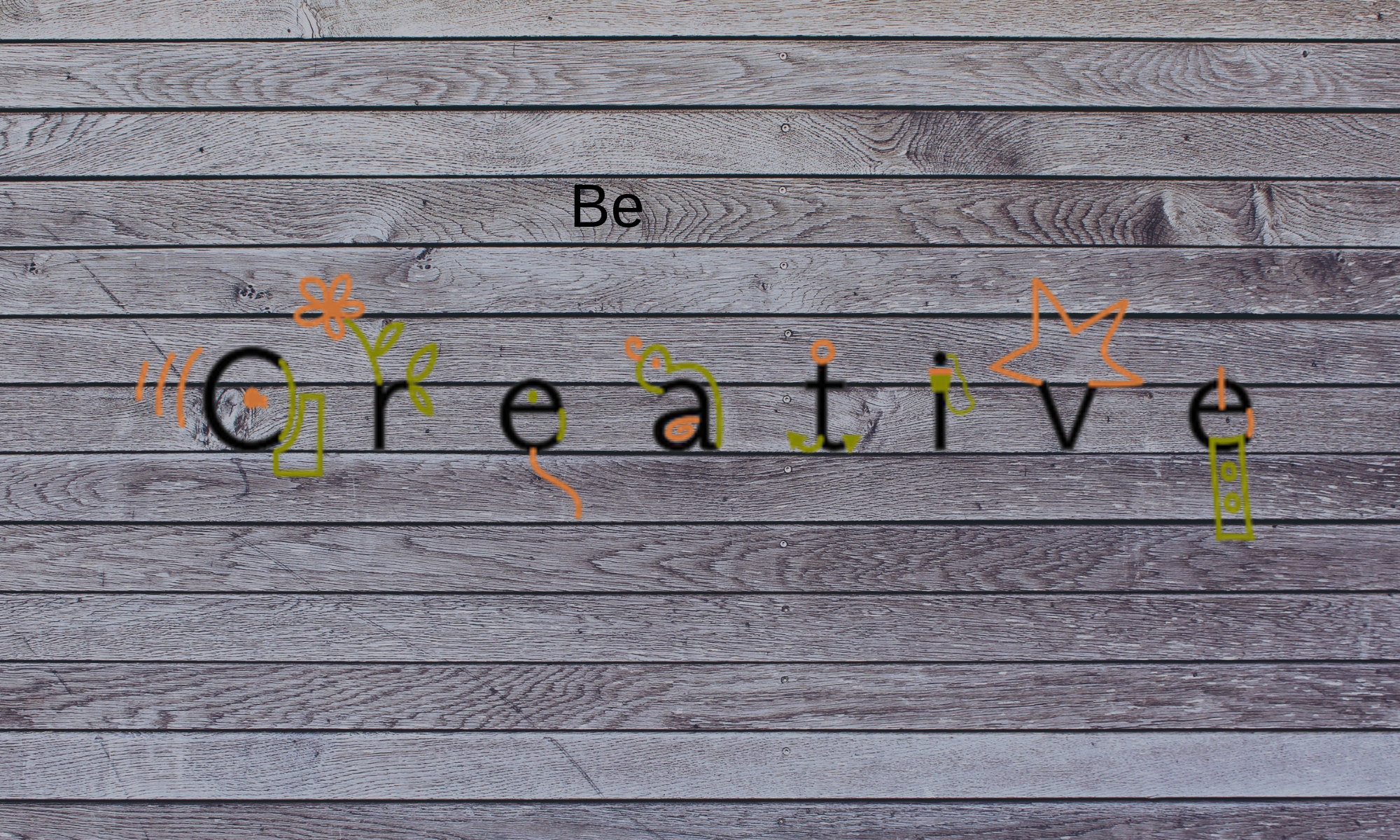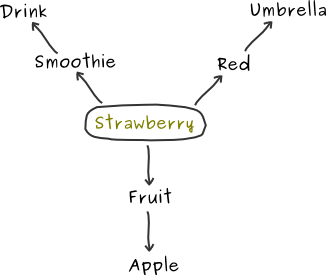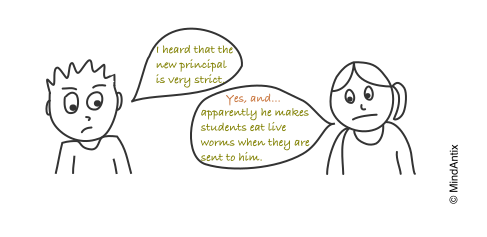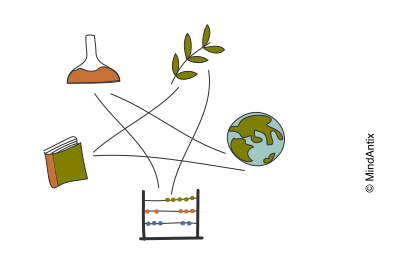50,000 years ago humans shared the land with other hominins like the Neanderthals and the Denisovans. But somehow, over the course of the next 30,000 years, every other hominin species went extinct while the modern day humans saw huge growth and advancement.
Some people point to the development of language and tools that gave us a Darwinian edge. But evidence of language and tools, some of which were fairly sophisticated, have been found in Neanderthals and the other hominins. So what made us special?
According to Thomas Suddendorf, professor and author, what set us apart was not language or tools, rudimentary forms of which exist in other animals, but our ability to do open-ended imagination and make connections between different concepts. This enabled us to do mental “time travel”, going back in time and in the future, and allowed us to foresee and plan for our survival. In addition, making connections allowed us to find novel and interesting solutions to problems that we faced.
From a cognitive perspective, our brain allows us to voluntarily think of a concept which then triggers another concept, which in turn triggers the next one and so on, leading to a stream of thought, something that likely doesn’t exist in other animals. As Professor Liane Gabora explains, “With this ‘self-triggered recall and rehearsal loop’ we could now activate and re-activate visions and dreams, such that with each successive conception of them they were looked at from a different angle, embedded a little more firmly in the constraints of reality as we know it, and potentially turned into a form in which they could be realized.”
This cognitive ability is the direct result of how our brain stores information associatively, and is the reason why humans are able to come up with novel and creative ideas.
Think about how a computer stores information. To store the word “apple” in computer memory, each word is broken down to its letters and each letter in turn is converted to its binary code and stored. For example, the binary code for “a” is “01100001”, for “p” is “01110000” and so on. That’s not how human brains store information.
Human brains store each concept as a whole, connected to other concepts. So the word “apple” is stored as a concept by itself and is linked to other concepts with different kinds of links. So “apple” might be connected to “fruit” by a thing to category link, to “red” by a thing to property link, or “rash” by a cause and effect link if someone is allergic to apples. These links have different strengths in the brain so the dominant link for one person might be apple to red, but apple to fruit for someone else.
When you consciously think of an idea, your brain automatically activates some of the connecting ideas and brings them into your consciousness, leading to a stream of thought.
This also explains why it is sometimes hard to think of new ideas or solutions. As we think about a problem, some of these links get reinforced and strengthened making it hard to change perspective or think in a different direction. In other words, “These same pathways, however, also become the mental ruts that make it difficult to reorganize the information mentally so as to see it from a different perspective.”
The associative nature of the brain also comes into play when it encounters ideas that are not related. To see how this works, look at the two words below:
Bananas Vomit
If you are like most people, the moment you read the two words, your brain automatically tried to connect the unrelated words with a causal connection, forming a scenario where eating bananas led to vomiting, leaving you with a somewhat unpleasant feeling.
You didn’t have to consciously think of this, your brain did the work of finding the best possible connection between the two words.
These two aspects of the associative nature of our brain – activating connected ideas and finding connections between random ideas – are what make it possible for us to think creatively. In fact, most creative thinking techniques rely on these two underlying mechanisms in one form or the other to generate novel ideas.
- Traversing Connected Ideas: Techniques like “Slice and Dice” and “Cherry Split” in Thinkertoys or segmentation in TRIZ, work by forcing the brain to traverse different paths in the associative network by explicitly listing out the triggers.
- Adding a Random Component: By simply introducing a random element into the mix, the brain automatically tries to find the best way to incorporate the random element into the solution. Techniques like the “Brute Think” and “Hall of Fame” in Thinkertoys are an example of such an approach.
What made us come so far is likely because of our unique cognitive strengths – how we store and process information in our brains, combine different ideas and run mental simulations. These strengths allowed us to solve problems, make inventions and build on each others ideas, and they just might turn out to be key for our future as well.




